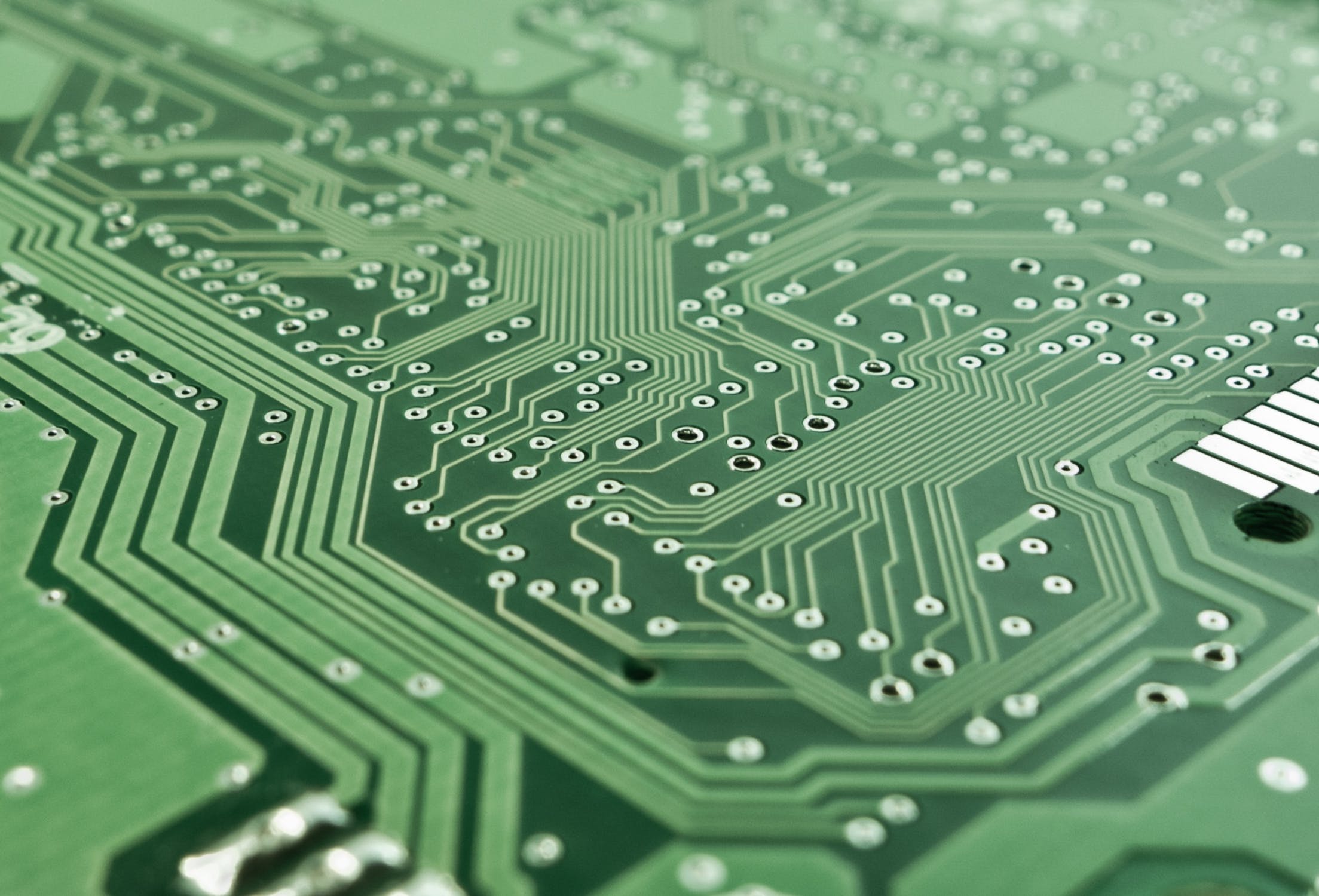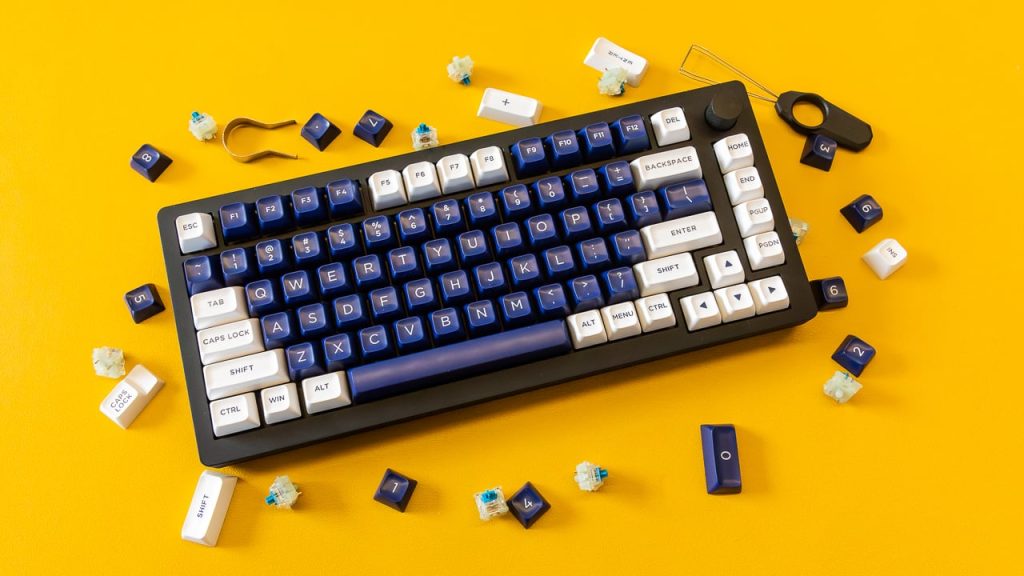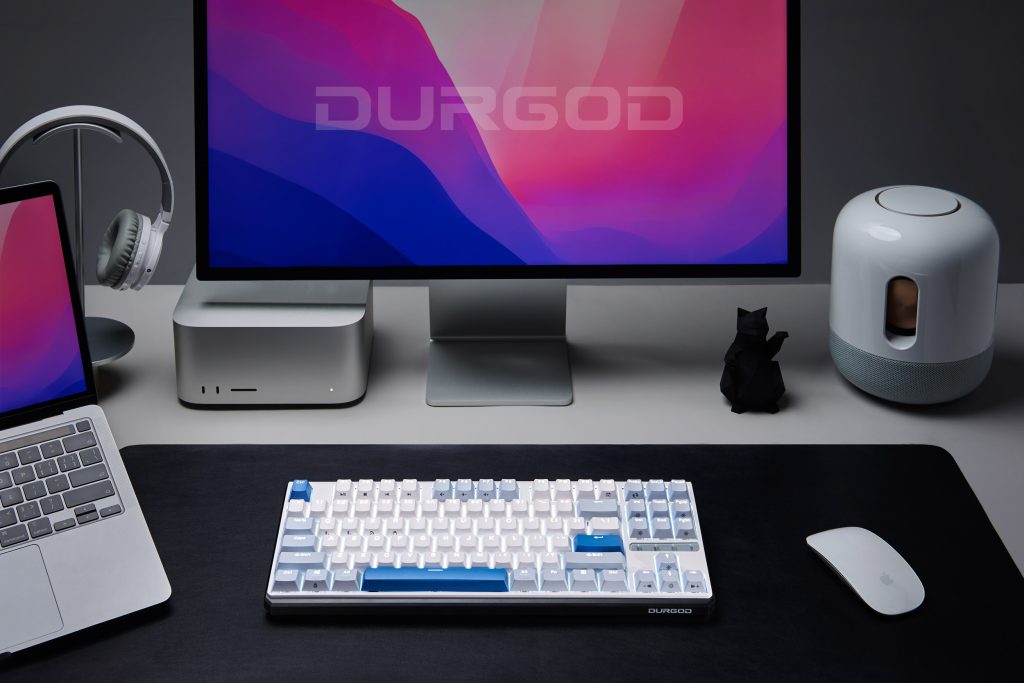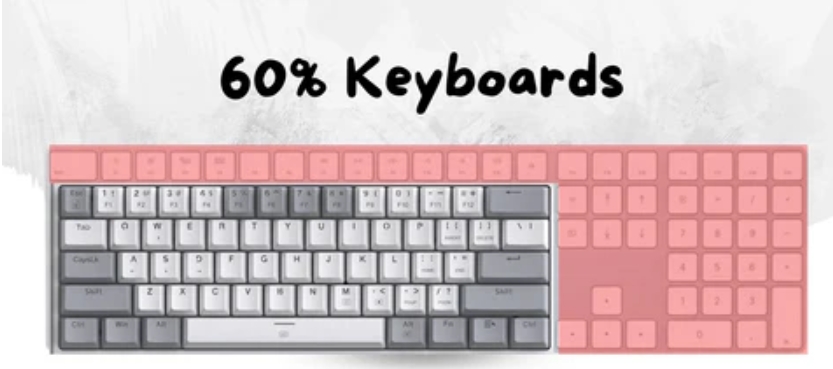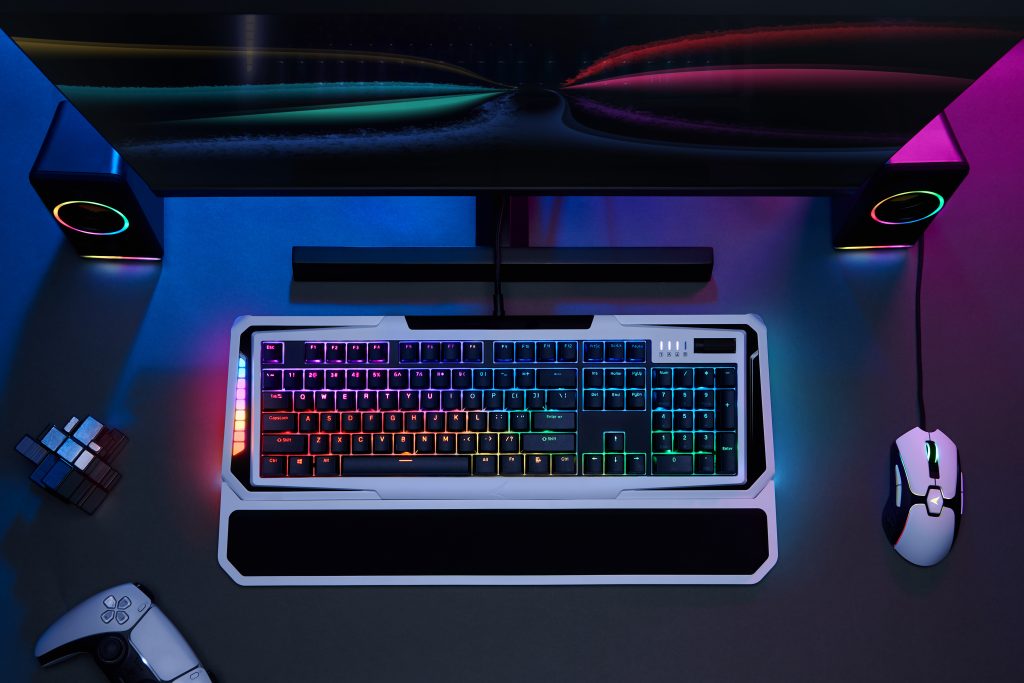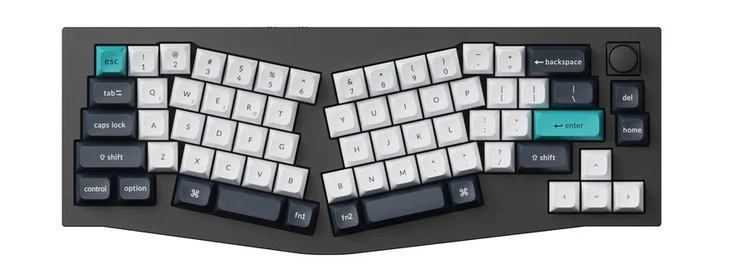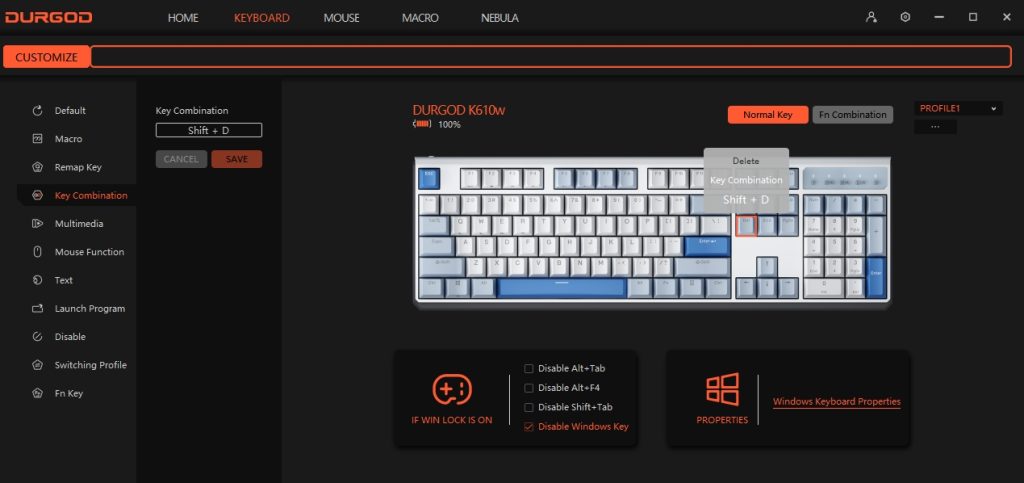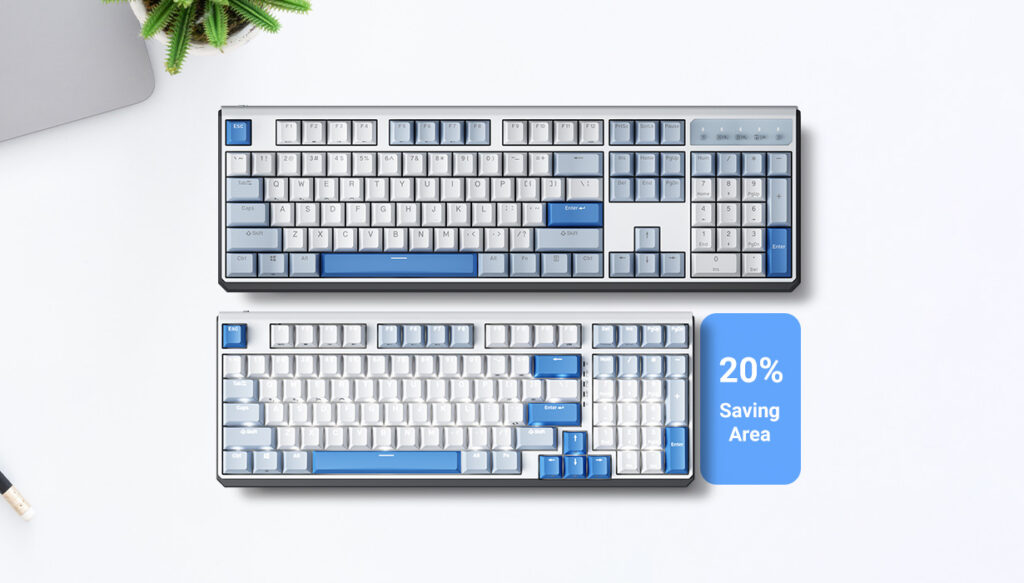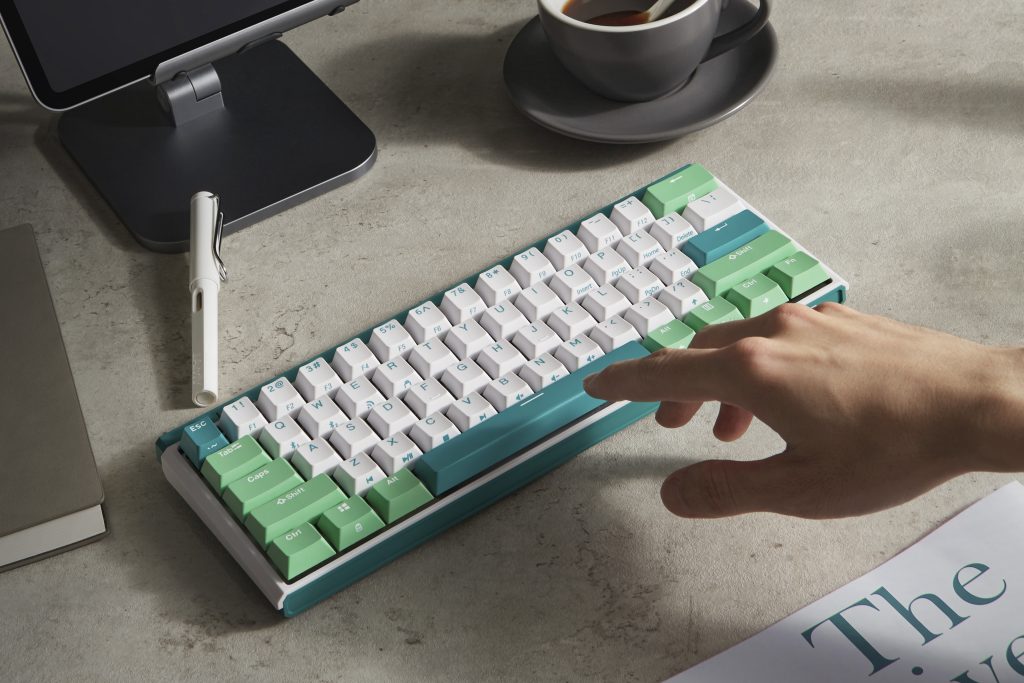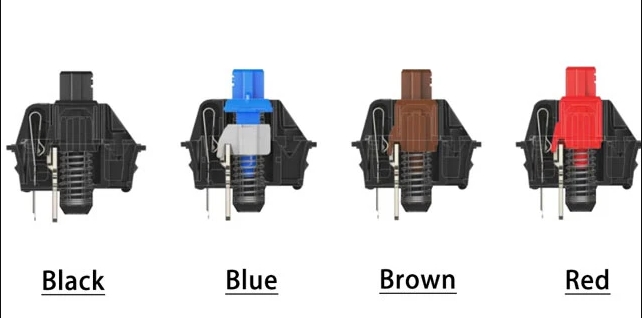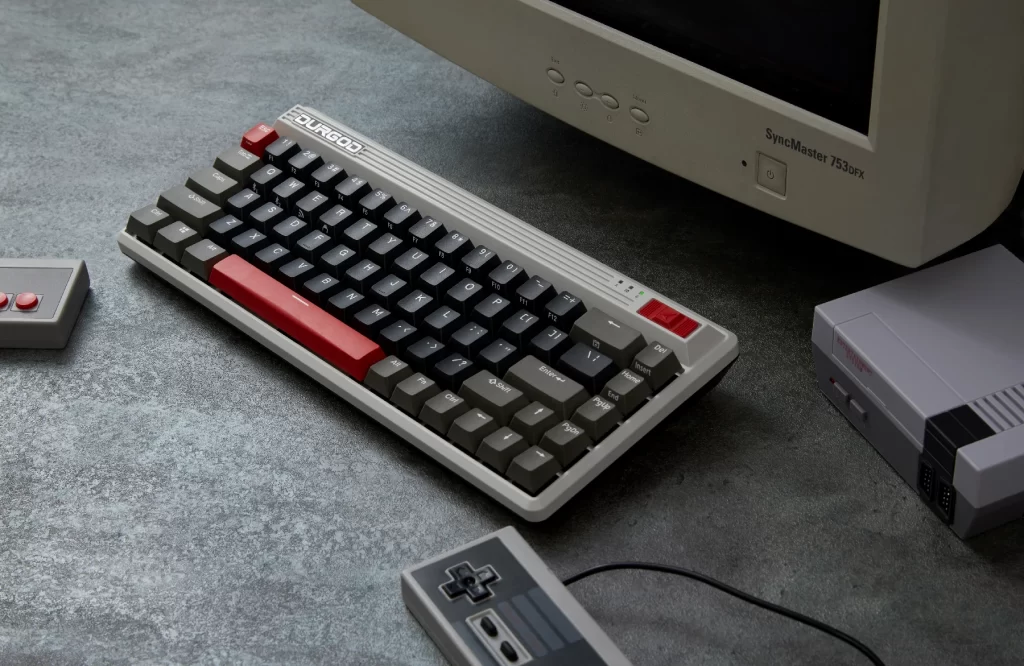Choosing the right Printed Circuit Board (PCB) for your mechanical keyboard is crucial, impacting functionality, customization, and typing experience significantly. When selecting a PCB, several essential factors come into play:
Compatibility with Keyboard Layout
- Size and Form Factor: The PCB must align with your desired keyboard size (full-size, tenkeyless, 60%, etc.) and layout (ANSI, ISO, etc.).
- Case and Plate Compatibility: Verify that the PCB fits your keyboard’s case and plate, ensuring dimensions and mounting points match.
Switch Compatibility
- Switch Type: Confirm the PCB supports your chosen switches (Cherry MX, Alps, Topre, etc.), with some offering switch agnosticism for added flexibility.
- Hot-Swappable vs. Soldered: Decide between a hot-swappable PCB for easy switch replacement or a soldered PCB for a wider switch selection.
Key Rollover
- NKRO: N-Key Rollover is essential for gaming and fast typing, allowing multiple keystrokes simultaneously without ghosting.
Programmability and Firmware
- Customizability: Choose a PCB with customizable firmware like QMK or VIA for in-depth key remapping and macro programming.
- Ease of Programming: The simplicity of the programming interface is vital for those planning to personalize their keyboard’s layout or functions.
Connectivity
- Wired vs. Wireless: Select between a wired (USB) or wireless (Bluetooth) PCB, taking into account latency, battery life, and ease of use.
- USB Port Type: Check the USB connection type (USB-C, Micro-USB) and its placement for compatibility with your cable and desk setup.
Lighting Options
- Backlighting: If backlighting is a priority, ensure the PCB supports single-color or RGB lighting.
- Underglow: Consider PCBs with RGB underglow for enhanced aesthetic appeal.
Build Quality and Durability
- Material and Construction: Opt for PCBs known for their durability and longevity, based on reviews or technical specs.
- Manufacturer Reputation: Buying from reputable manufacturers ensures quality and reliability.
Budget
- Cost Considerations: PCB prices can range significantly. It’s important to balance your budget with the necessary features and quality.
In conclusion, selecting a PCB for a mechanical keyboard requires a detailed evaluation of technical specifications, personal needs, and preferences. From ensuring compatibility with your setup to weighing features like programmability, switch compatibility, connectivity, and budget, each factor is key. A carefully chosen PCB can greatly improve your keyboard’s performance, enhancing your typing or gaming experience.
For more knowledge of mechanical keyboards, visit DURGOD.



